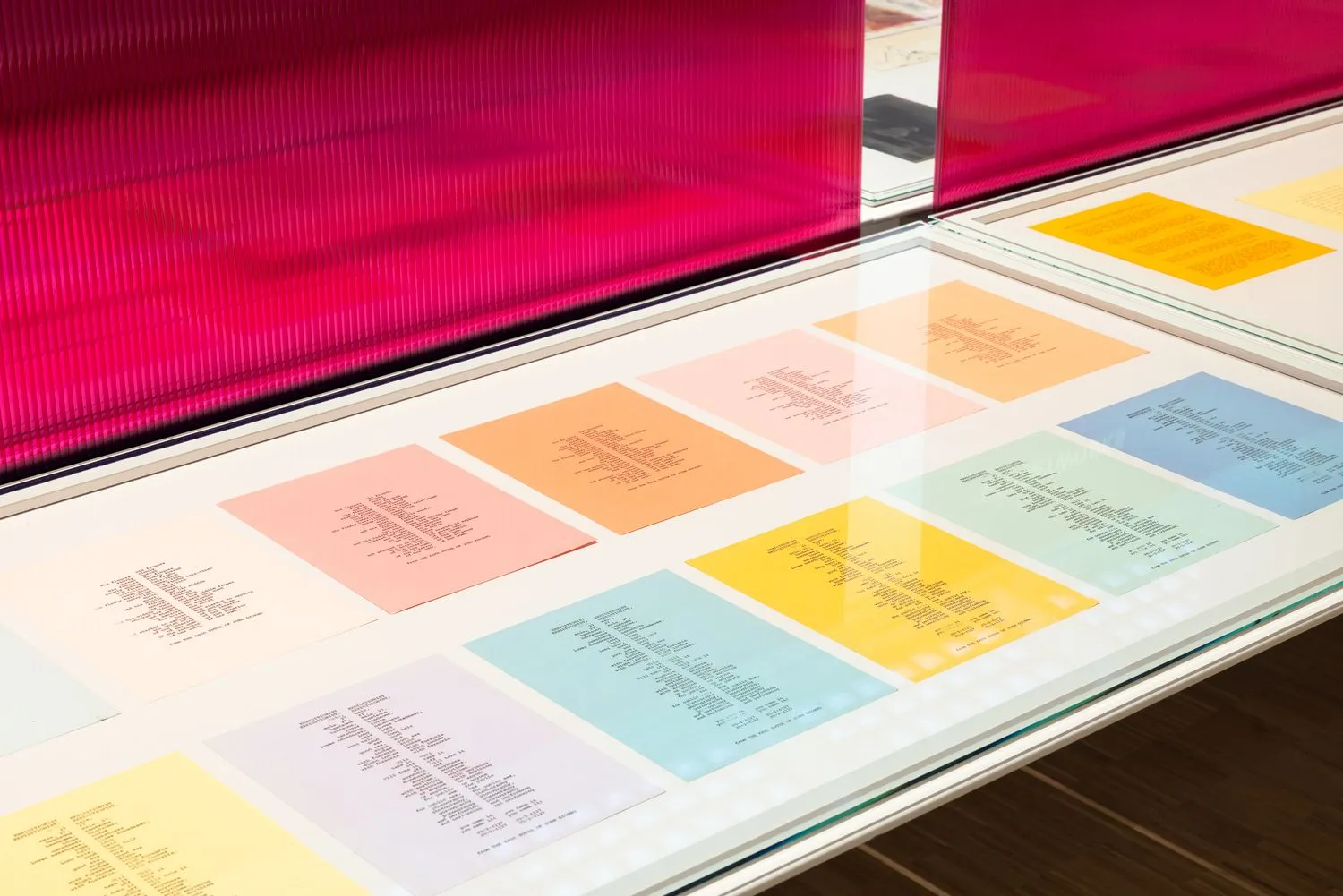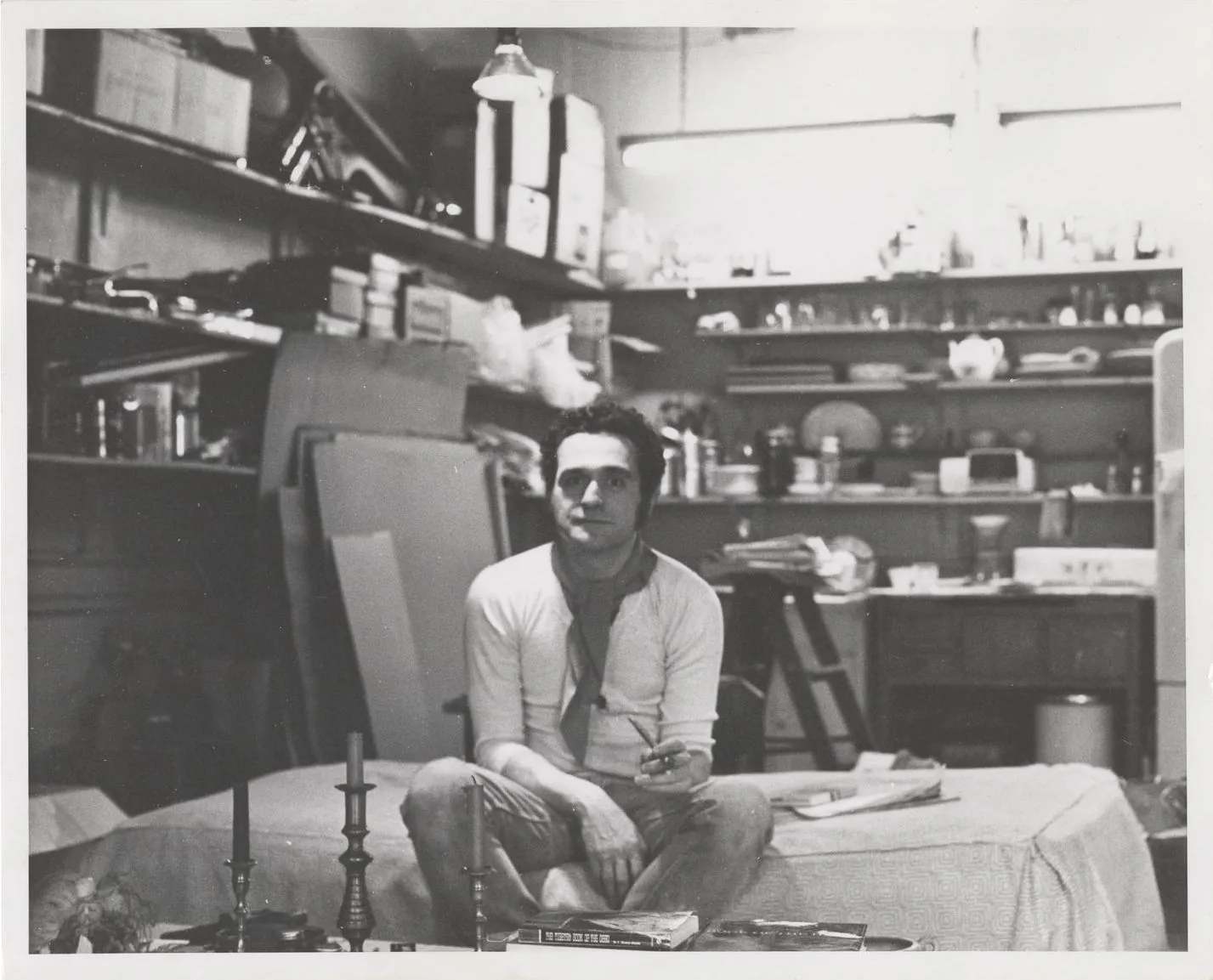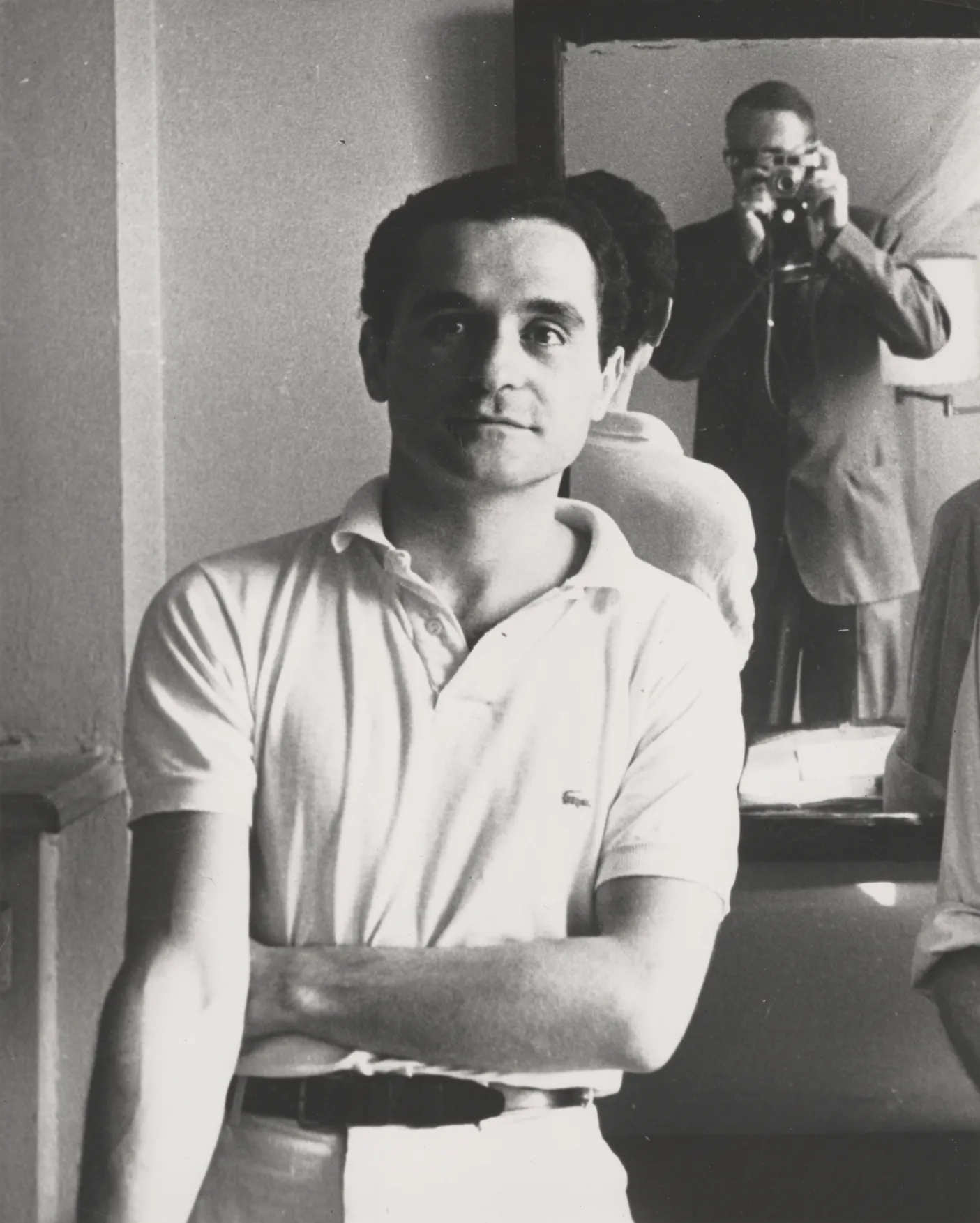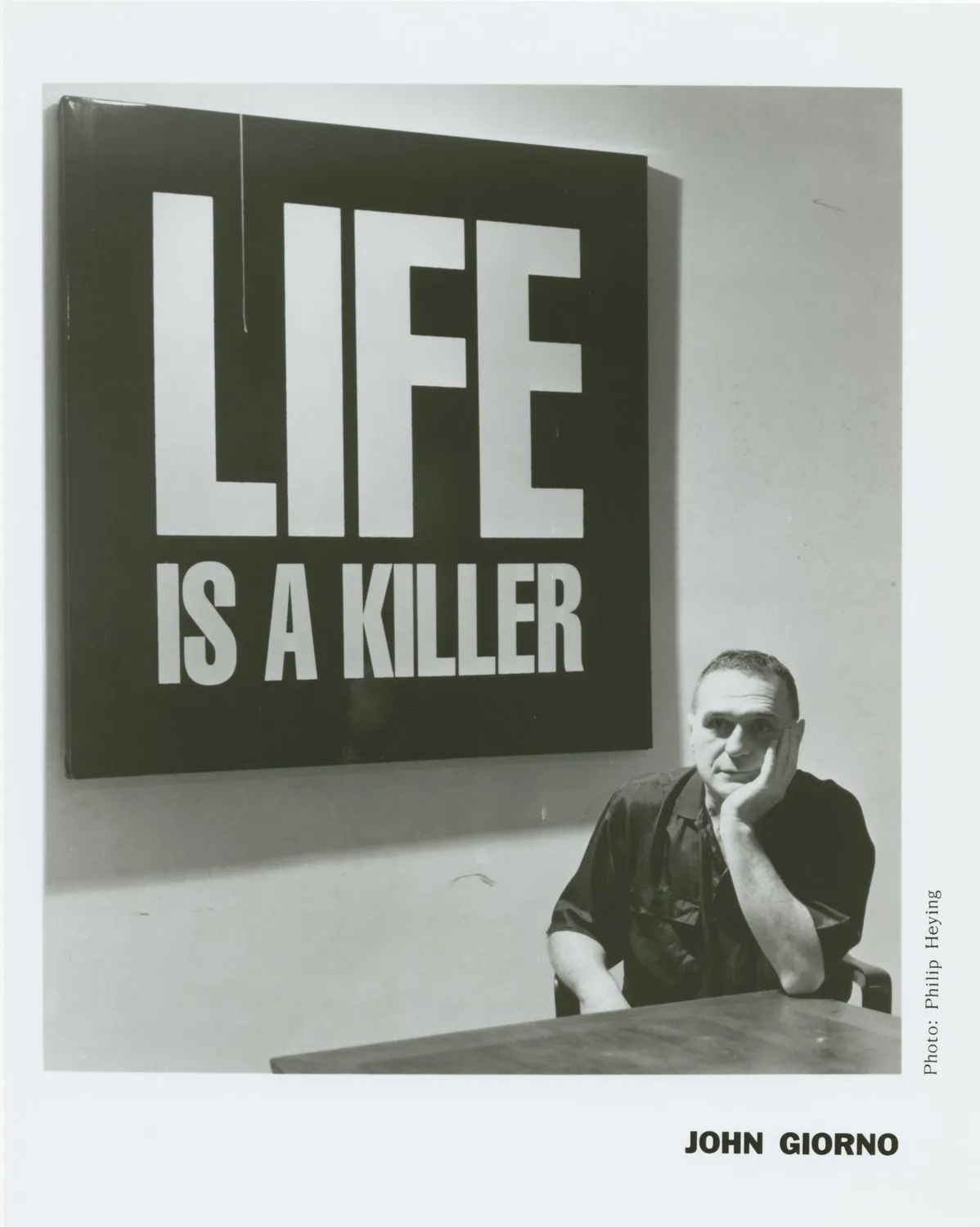 John Giorno reading at City Lights Italia Festival. Florence, Italy, May 4 1998, Photo by Michele Corleone
John Giorno reading at City Lights Italia Festival. Florence, Italy, May 4 1998, Photo by Michele Corleone "Why is it so boring?"—Andy Warhol whispered to John Giorno during a poetry reading the two attended together in 1963. Seated in the back, they observed two luminaries of the literary scene deliver their verses: Frank O'Hara and John Ashbery. Recalled in his 2020 memoir Great Demon Kings, Giorno describes this moment as a turning point in his career.
It was the 1960s, and O'Hara and Ashbery were at the height of their careers. However, to Warhol, they seemed marginal and insignificant in the broader scheme of things. Obsessed with superstars, those who shape and influence popular culture, Warhol's stance deeply affected Giorno. Poetry seemed far removed from mainstream culture, and its audience seemed equally sequestered, pushing Giorno on a journey to change it. His career is that of a paradigmatic 20th-century polymath, whose radical ideas continue to resonate today.
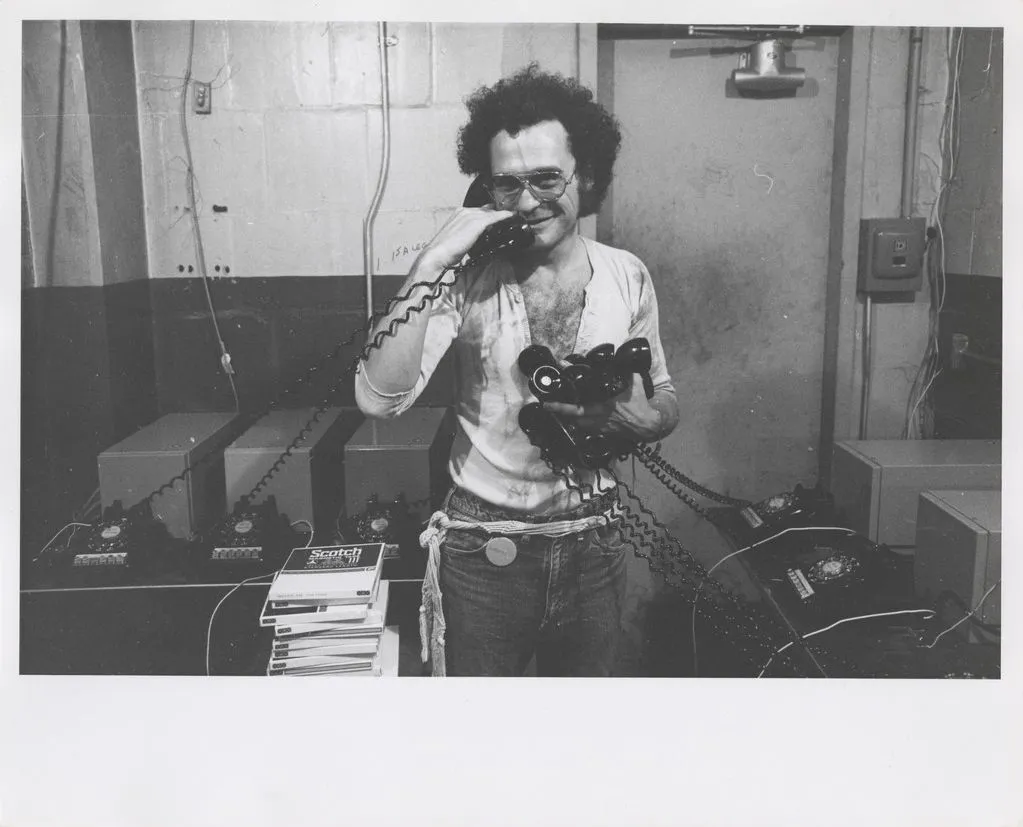
Poet, performer, visual artist, and activist John Giorno (1936-2019), returned to the public eye recently with a month-long exhibition of his work and legacy at Triennale Milano. Titled John Giorno: a labour of LOVE, it was curated by Nicola Ricciardi with Eleonora Molignani, with the support of Giorno Poetry Systems (GPS) a nonprofit organization founded by Giorno in 1965.
The exhibition presented around 100 documents, spanning Giorno's life and work and featuring his collaborations with the leading artists, musicians, and poets of the time, such as William S. Burroughs, John Cage, Andy Warhol, Allen Ginsberg, Keith Haring, Allan Kaprow, Robert Rauschenberg, Jasper Johns, Patti Smith, and Michael Stipe.
The show also marks a timely moment to reengage with his work and legacy, revealing an approach to the art of poetry that shifts its status and announces a broader turn in the arts—from disciplinary constraints towards multimedia encounters of contemporary art.
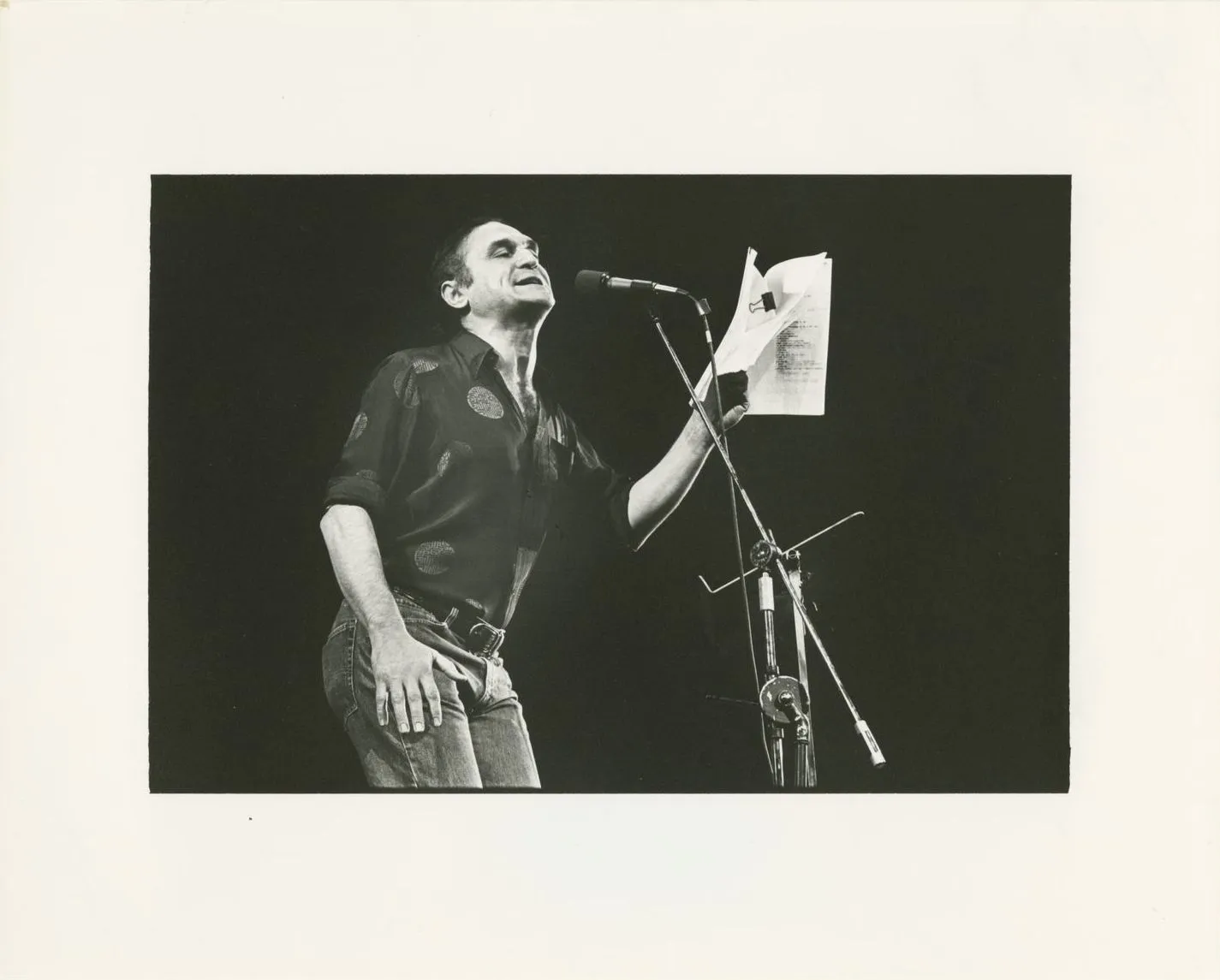
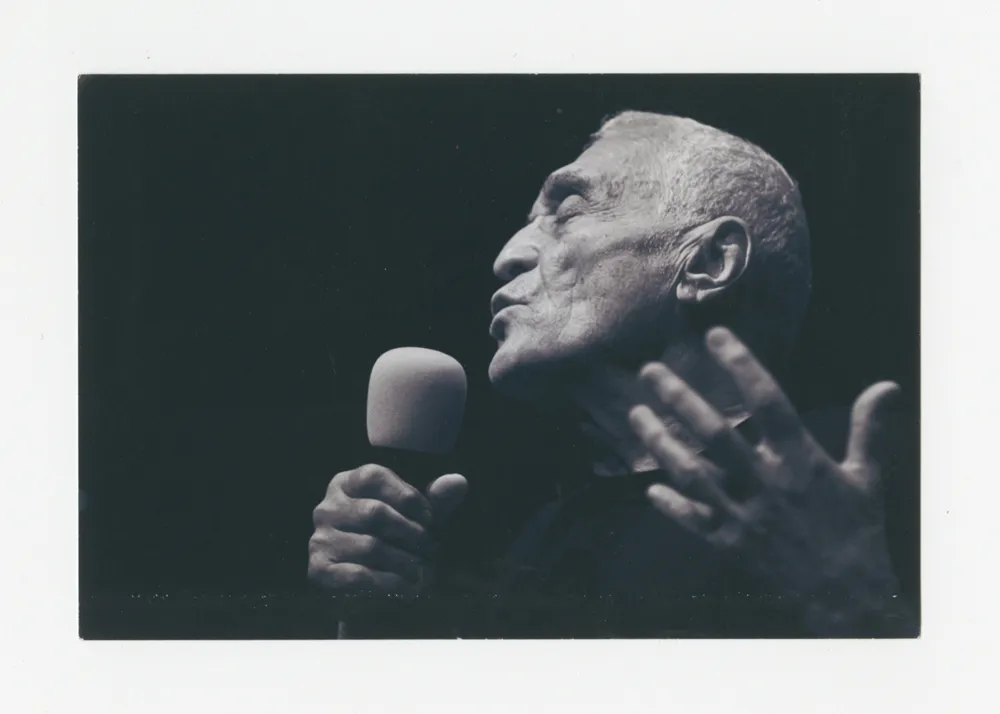
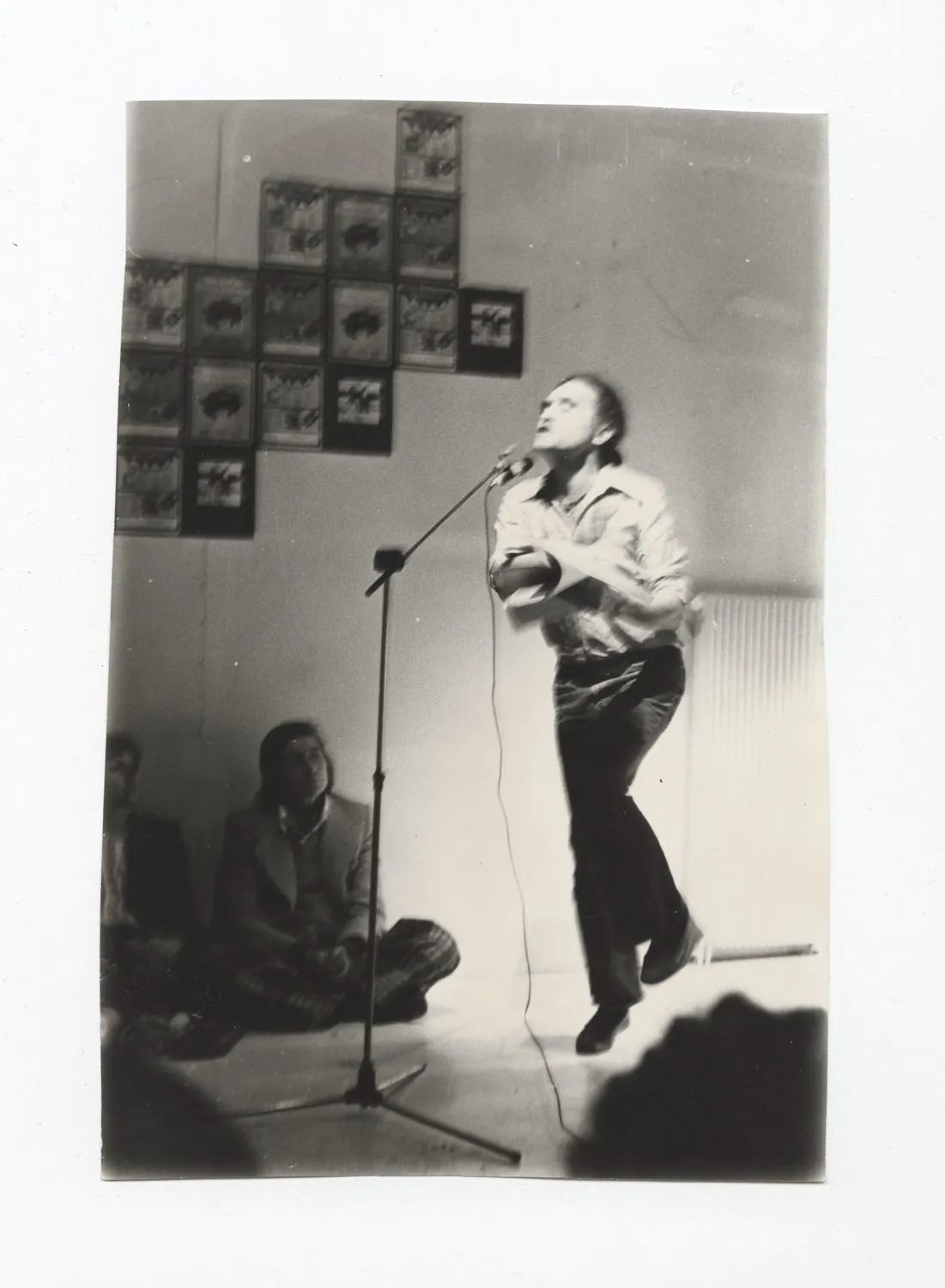
Born in New York City, John Giorno attended Columbia University. After graduation, he joined the Iowa Writers' Workshop and, suffering from depression that would mire his entire life, attempted suicide at the age of 22. Saved by a landlady who found him, he returned to his parents' home before beginning a short stint as a stockbroker.
His return to downtown New York also brought him into closer contact with the emerging art scene. At the time, the city was teeming with the new energy of Pop Art, Happenings, and experimental theatre, and Giorno was fascinated by this shift in culture and aesthetics. Seeking to contribute his own approach to poetry, he joined these artistic circles.
His meeting with Warhol occurred at the pop artist's first solo exhibition in 1962, after which they arranged to meet again at the premiere of Flaming Creatures. The two later became romantically involved, and Giorno appeared in Warhol's first film, Sleep (1963), in which he is seen sleeping for five hours.

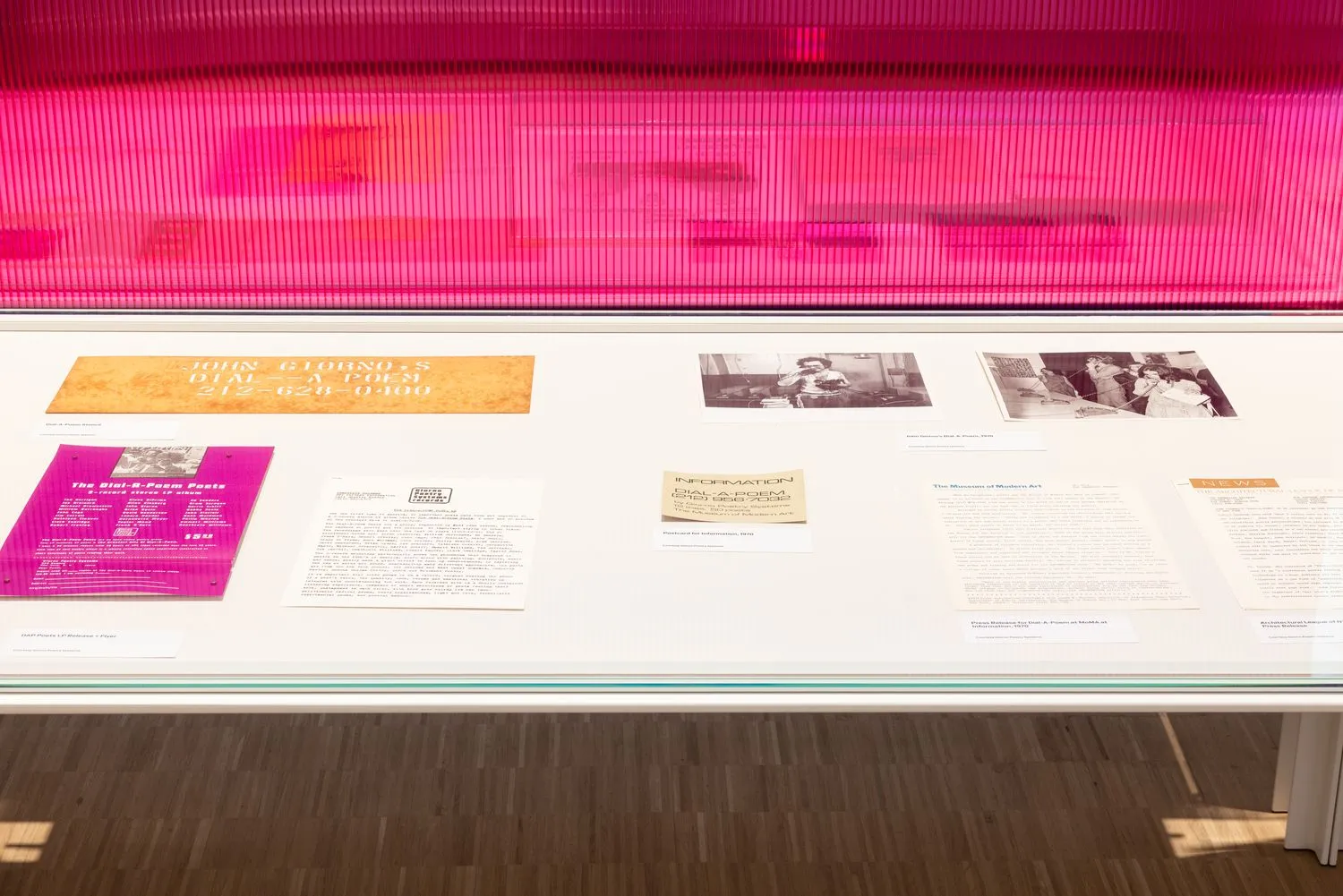
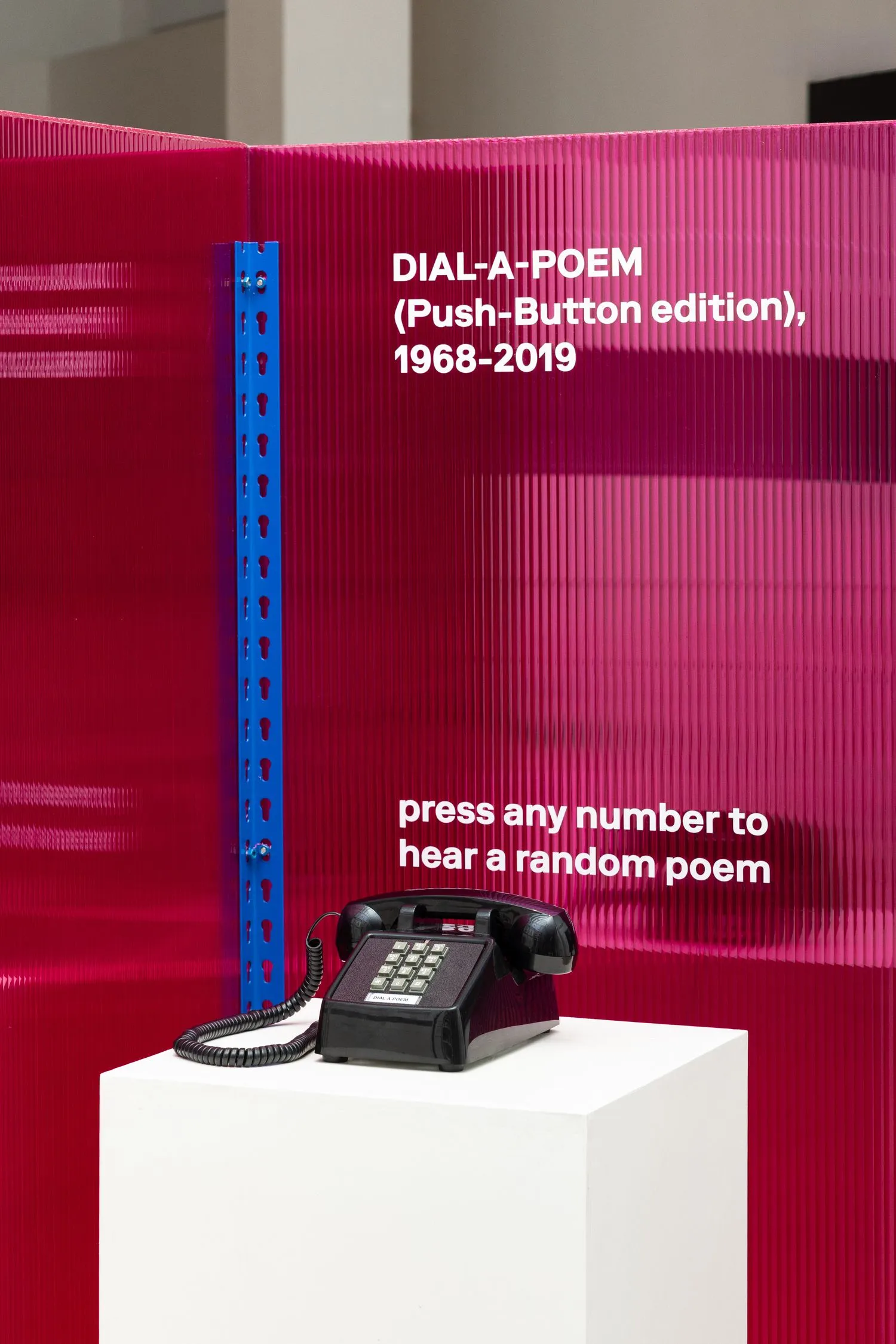
The 1960s, as he later explained, marked the beginning of his career as an experimental poet. He began recording his poetry and using technological advances to enhance his message. He employed synthesizers to distort his voice and created "electronic sensory poetry environments"—a new approach that aimed to bring poetry closer to rock music.
In general, Giorno's poetry was deeply influenced by the artists he met: Warhol inspired his use of advertising language and signage, as well as his fascination with the ordinary, while Rauschenberg encouraged his turn toward technology.
In 1965, Giorno launched his long-term project, Giorno Poetry Systems. This nonprofit production company, still active today, aims to introduce innovative and radical poetry to wider audiences. Inspired and guided by the idea of bringing poetry into the mainstream, he sought to reach audiences through mass communication, including television, records, and the telephone. This vision crystalized in his 1967 Dial-a-Poem project. Giorno invited his poet friends, such as O'Hara, Patti Smith, and William S. Burroughs, to record poems, which were then played over the phone to listeners. The critical acclaim of Dial-a-Poem led to a 1970 exhibition of the project at MoMA.
John Giorno's career was also marked by social activism. He was a gay rights advocate and founded the AIDS Treatment Project in 1984. His personal journey took him to India in 1971, where he converted to Tibetan Buddhism. He also continued experimenting with poetry, staged confrontational readings, and developed the concept of poem painting. The first solo show focused on poem painting, Black Paintings and Drawings, was held in 2010. In the Milan exhibition, a selection of his colorful Perfect Flowers paintings form a monumental mural featuring some of Giorno's best-known lines of poetry, showing how he seamlessly blended visual and verbal language.
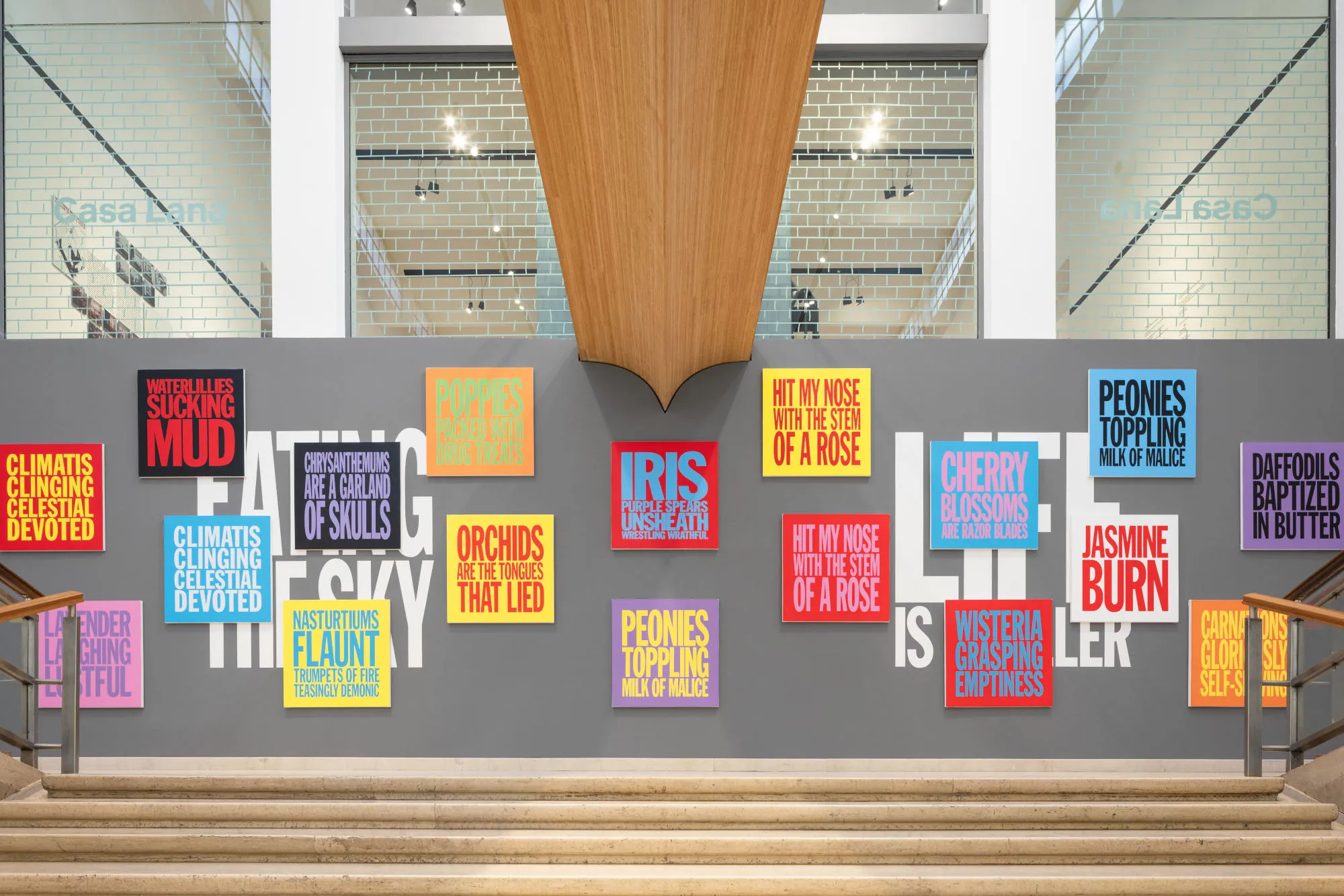

Among the most enduring legacies of Giorno’s art and career is Giorno Poetry Systems (GPS), the nonprofit recognized for its peer-to-peer support. As its artistic director, Anthony Huberman, explains: "Our model, at a smaller scale, involves artists, poets, and musicians trying to create conditions to make it possible for other artists, poets, and musicians to do what they do."
While GPS now operates as a successful organization supporting artists, it originated from Giorno's desire to push poetry from its relative obscurity into wider circulation through its inclusion in visual and musical spheres, and by honing its social and political edge. The organization expanded in 1972 with the establishment of GPS Records, which went on to release over 40 albums in the following decades, including those by leading indie figures such as Philip Glass, Frank Zappa, Allen Ginsberg, and John Cage.
Besides these still ongoing projects, Giorno's contributions to the art and culture of the last six decades are also evident in the formal and aesthetic shifts his work introduced. Before Giorno, poetry was "largely relegated to bohemian circles and college campuses," and, except for occasional excursions into pop culture by Allen Ginsberg, it "seemed staid," explains professor of English Andrew Strombeck.
Giorno, perhaps more than anyone else, reconfigured poetry in the image of rock music. In his hands, poetry became sexual, performative, and dangerous—a polymorphous art that looked to the future rather than to the past.
He ushered poetry into a new era by expanding its scope, mode of delivery, and presence in popular culture. His revolutionary Dial-a-Poem, originally comprising six phone lines connected to answering machines, allowed callers to hear poems read by Ginsberg, Waldman, Cage, and others, 24 hours a day. In its first five months, it received over one million calls.
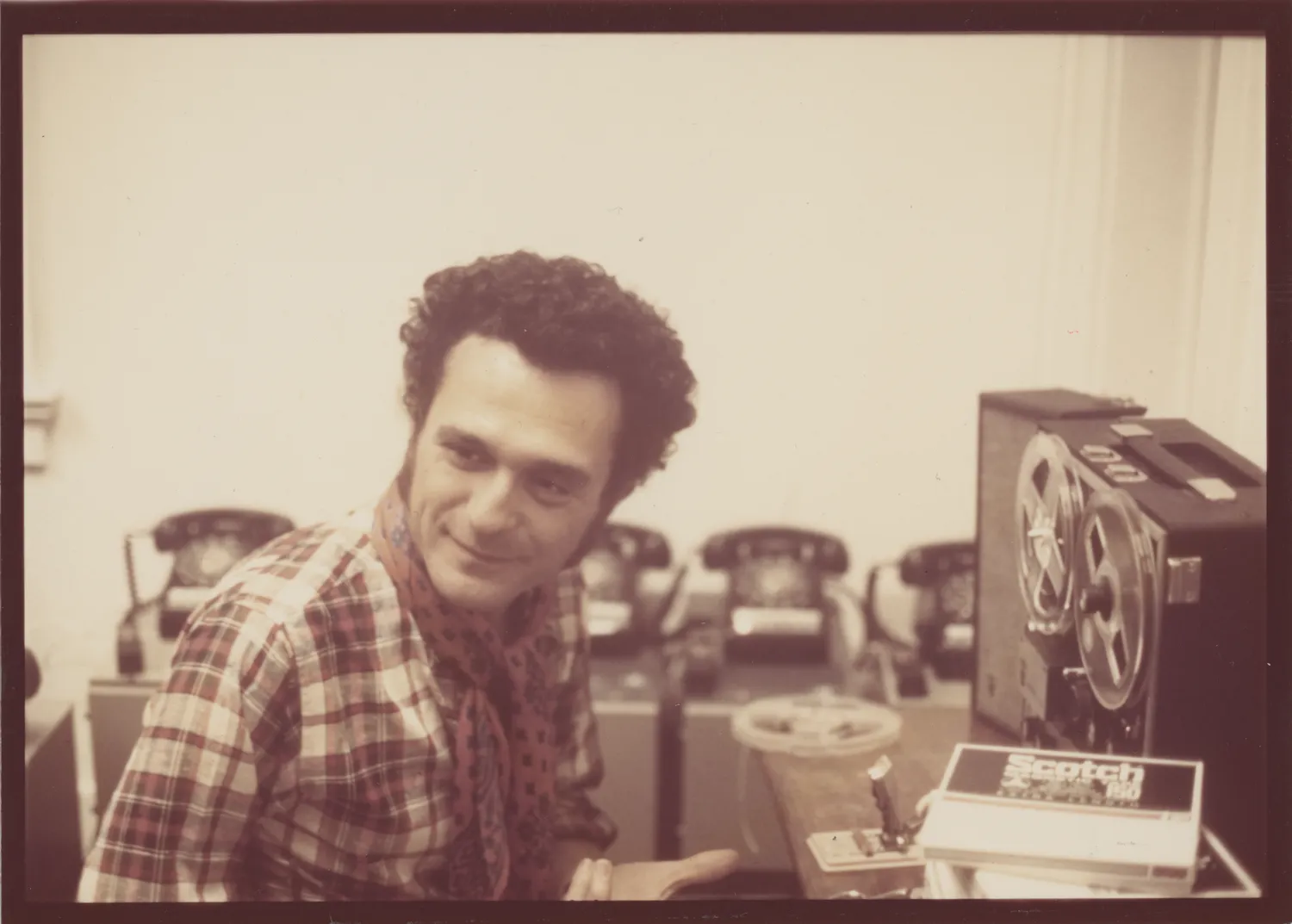
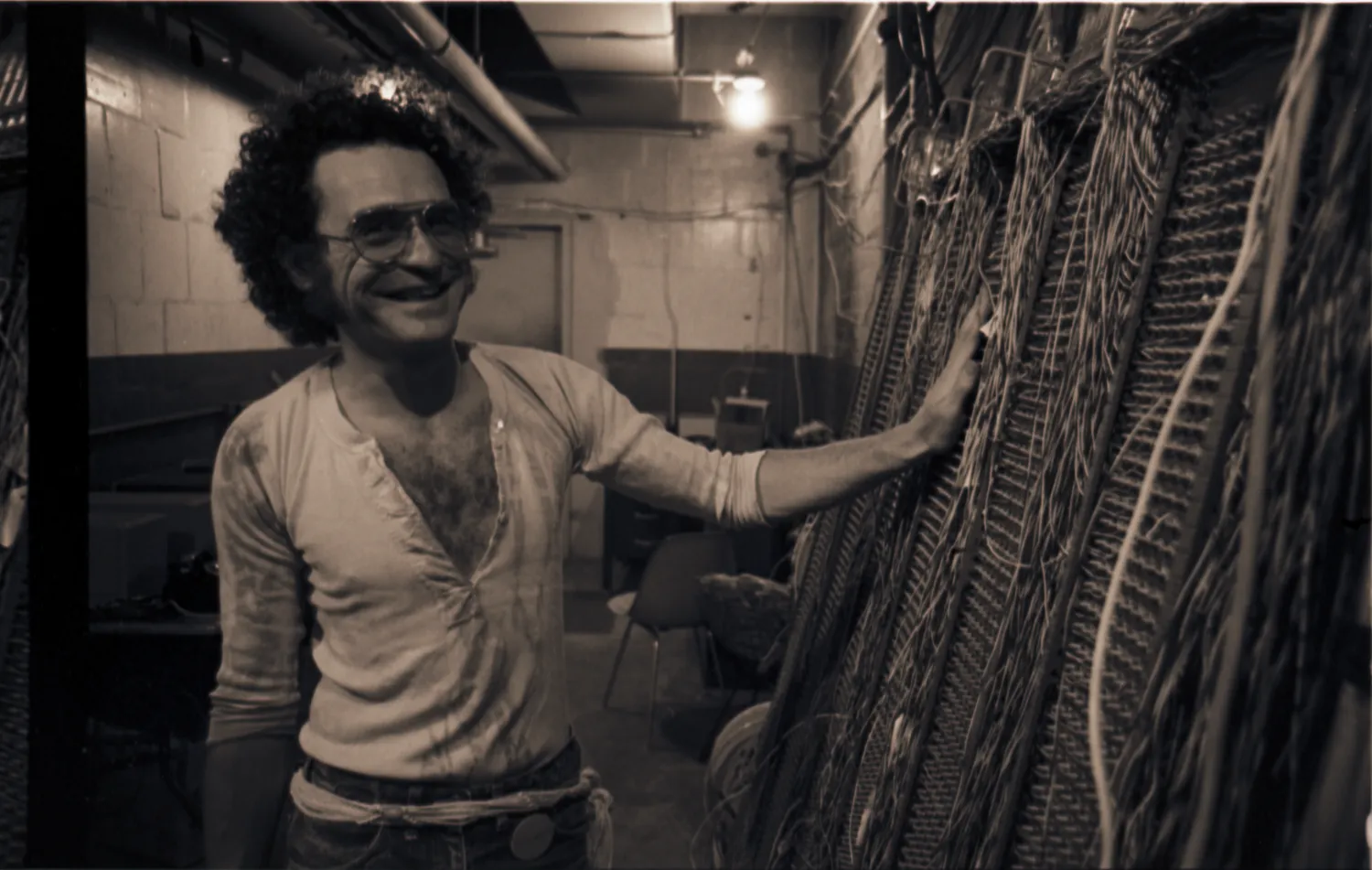
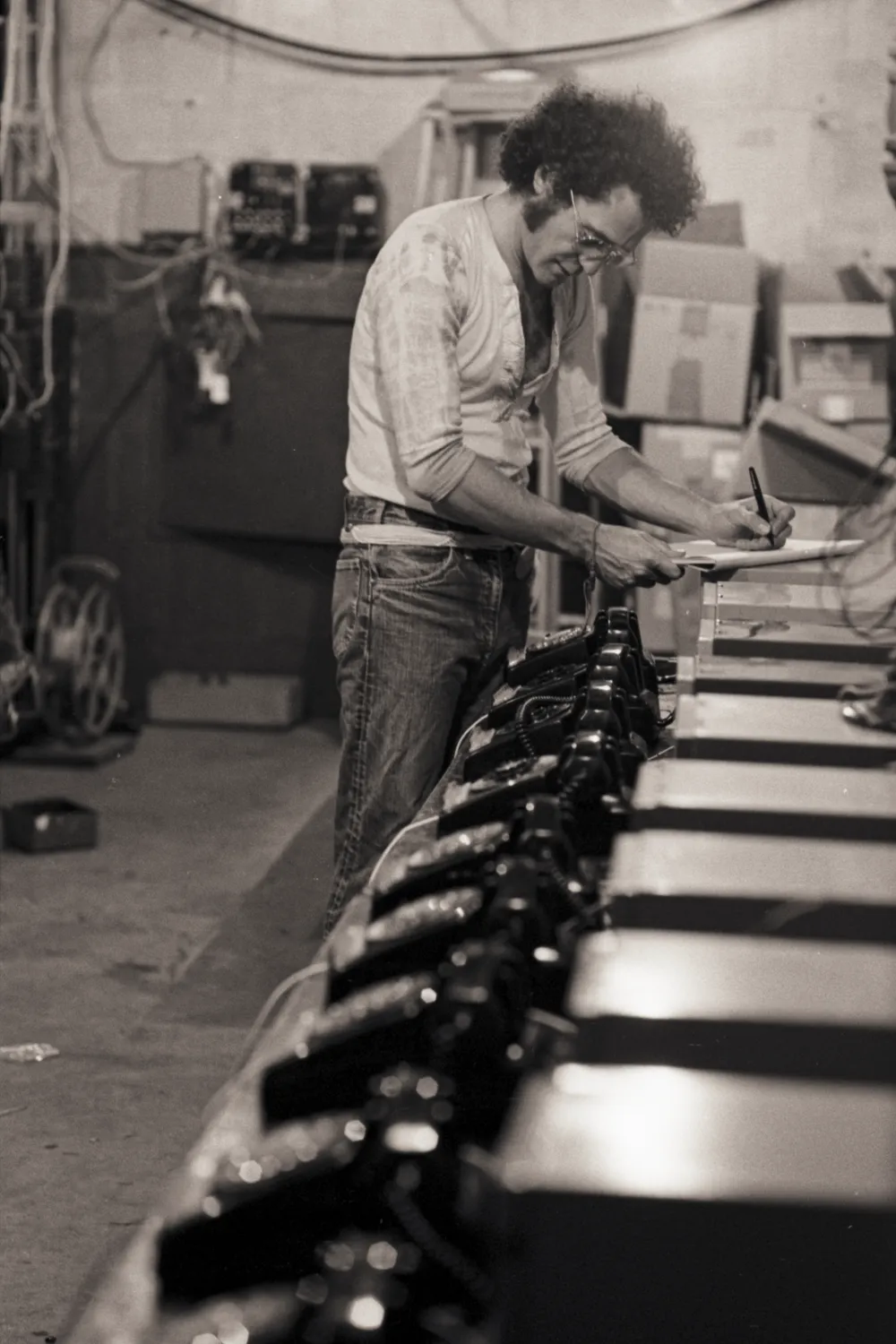
Giorno's fusion of rock and poetry placed him alongside Lou Reed and Patti Smith, according to poet and critic Daniel Kane, although he never achieved their level of commercial success. Similarly, the innovations of pop artists who used silkscreen advertisements (Warhol), made hamburger sculptures (Oldenburg), and attached readymade objects to their canvases (Rauschenberg) inspired Giorno to appropriate texts from newspapers into his verses and use cut-up techniques learned from Brion Gysin and Burroughs. The method, later named 'conceptual poetry', has had an enduring influence on poets, most recently on VanessaVanessa Place and Kenneth Goldsmith.
When Rauschenberg introduced Giorno to Bob Moog, the inventor of the the synthesizer, it set in motion the change in the mode poetry was created and experienced. Giorno embraced emerging technologies to manipulate sound, turning poems into immersive sound collages. To make his poetry performances into multi-sensory events, he sometimes dispensed soap bubbles from the ceiling and handed out LSD and joints to the audience, creating psychedelic environments.
Giorno brought poetry to younger audiences, democratized its status, and fused it with other art forms to articulate a unique, collective experience. His aesthetics, as he succinctly expressed, is "a poetics that no poet is adequate to articulate on his own, either on the page or in performance."
At 70, he wrote THANX 4NOTHING, a poem that perhaps best reflects this ethos: "may Andy come here/fall in love with you/and make each of you a superstar,/everyone can have/Andy."

